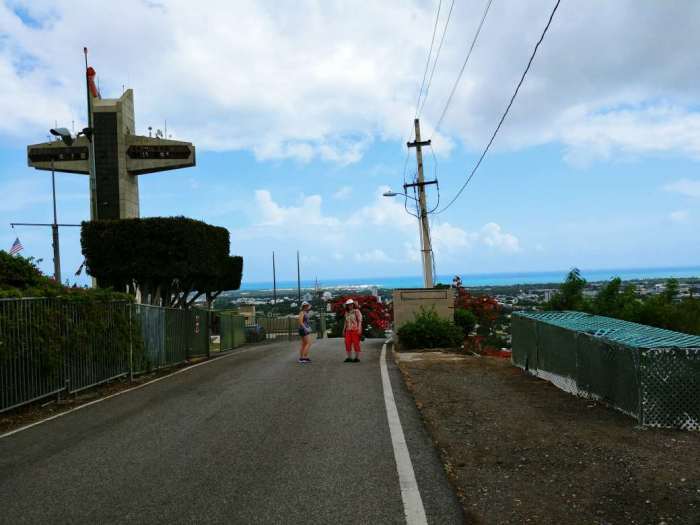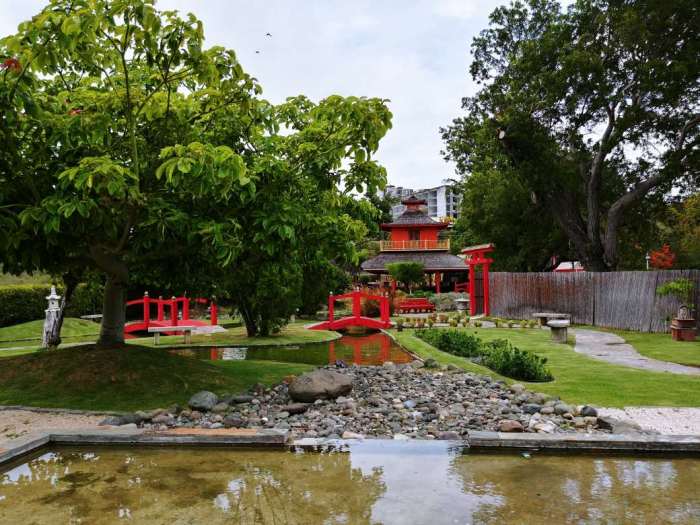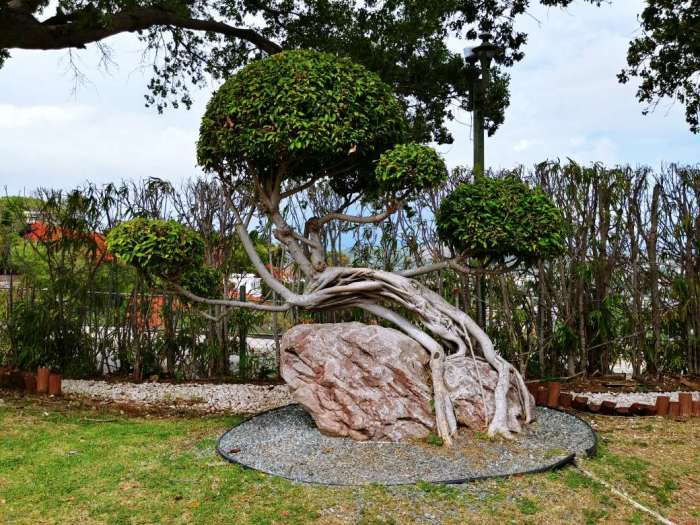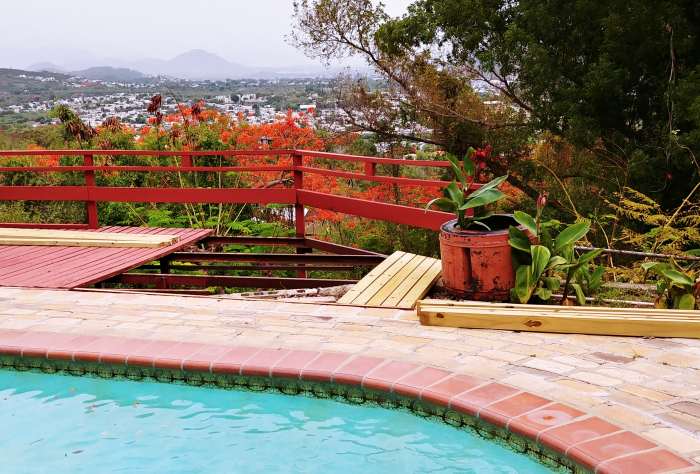We’re home! Back in Boston. I have never felt so tired in my life. I finished the deck well after dark on the last day and moved on to other essential repairs—such as securing the planks on a little bridge that were flipping up like a cartoon gag when you stepped on them. Here’s the final deck railing section, and the finished project the day we left:
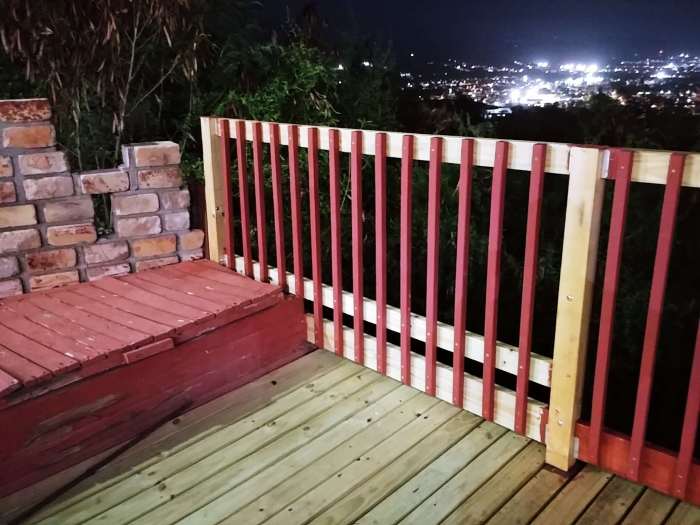

By some miracle, we made it to San Juan in time to catch our JetBlue flight, after a near-all-nighter cleaning up the construction zone (the whole house) and packing. I tried to sleep on the flight, but it was a lost cause. Now, though, I’m all refreshed (hah!) after ten hours of sleep in my own bed. My own bed! I plan to rest for a week. Maybe two.
I thought I’d close this year’s Chronicles with some stray oddities.
Last year I wrote about the Ho Chi Dog Trail we’d discovered running through the property. Stray dogs had found a gap in the fence at one end and periodically came racing through in well-behaved packs, going about their business and disappearing up near the car gate. It was kind of fun, but not the sort of thing weekend renters want to see. I found the gap and plugged it with metal fence rails hastily zip-tied into place. That was a year and a half ago. This year, the gap was back: one rail knocked out and cast aside. Did the dogs do it? Who knows? But mark my words, they won’t do it again. We had the rails welded into place, by the fencing crew who were on the job last week putting up real fence in place of the mangled old cyclone fencing.
Speaking of putting things up, one small but important task was figuring out an appealing way to hang curtains in a room with concrete walls and awkward corners. Allysen came up with copper pipe as a great curtain rod, and I figured out a way to carve blocks of wood to drop them into, so they’d look good and be easy to take down, and yet not fall down when you wanted them to stay up. Securing them to the walls was the hardest part. Even with a hammer drill, that old concrete was tough!

I’ve yet to address a crucial subject: craft beers. They have a number of really good craft beer makers here on the island. You can buy their beers in the grocery stores now, which previously you couldn’t. My favorite is Ocean Lab Brewing Company’s Ocean Ruby Grapefruit Pale Ale. But weirdly, you still can’t get it in restaurants! If you ask for Puerto Rican beer, you get your choice of Medalla or Medalla. (Pronounced “meh-dah-ya.”) Medalla’s a light lager, on a par with Bud Light—decent enough, if you’re hot and tired and want to glug something to quench your thirst. But as a tasty brew with a meal? Not even close. When we asked the restauranteurs why they don’t carry the local craft beers, they said, “Not enough demand. Only the tourists want it.” Well, but… don’t you want to attract tourists?
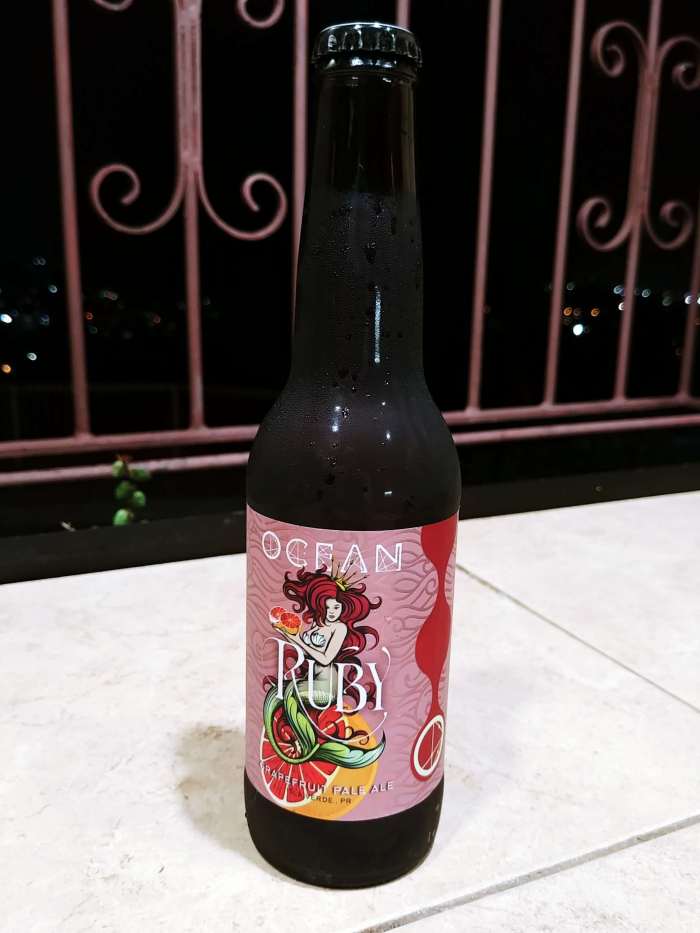
Still, my preferred drink down here is rum punch, following a recipe created by Allysen’s dad, Phil Palmer. “One of sour, two of sweet, three of strong, and four of weak.” Fresh-squeezed lime juice, dark sugar syrup, amber rum, and water (in the form of crushed ice). Top with Angostura Bitters and fresh-ground nutmeg. Simple, and unbeatable. We’ve cut the sugar some, and are more straightforward about weak. So now we say, “One of sour, one-and-a-half of sweet, three of strong, and forget the weak.” (Okay, we still use the ice, of course.)
(At home, in fact, my recipe for frozen margaritas is based on this formula: “One of sour, one of sweet, three of strong, and three of stronger.” Lime juice, dark sugar, Triple Sec, and tequila. And lots of ice.)
Here’s the final rum punch of the trip, and a fitting close to this year’s Ponce Chronicles:
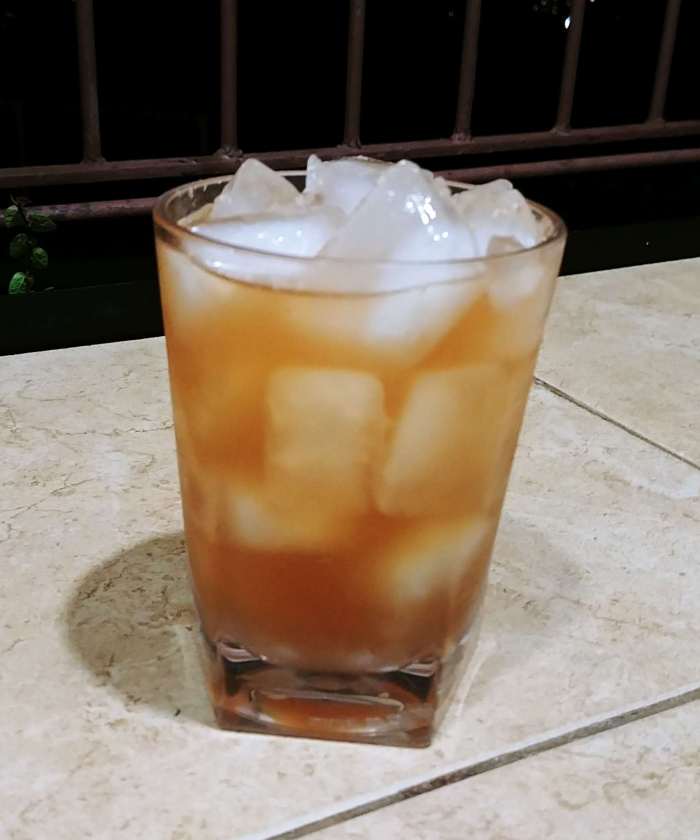
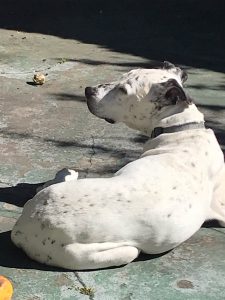 I live with a geriatric half-Dalmatian former-athlete dog. She is sweet and stubborn and ridiculous… and approaching the end of her sell-by date. I had not thought to see my own mortality mirrored in my dog, but there it is. She’s not my first dog, but for a variety of reasons I didn’t get to see my earlier dogs age.
I live with a geriatric half-Dalmatian former-athlete dog. She is sweet and stubborn and ridiculous… and approaching the end of her sell-by date. I had not thought to see my own mortality mirrored in my dog, but there it is. She’s not my first dog, but for a variety of reasons I didn’t get to see my earlier dogs age.
 Stories can heal and transform us. They can also become beacons of hope.
Stories can heal and transform us. They can also become beacons of hope.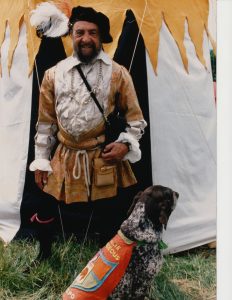






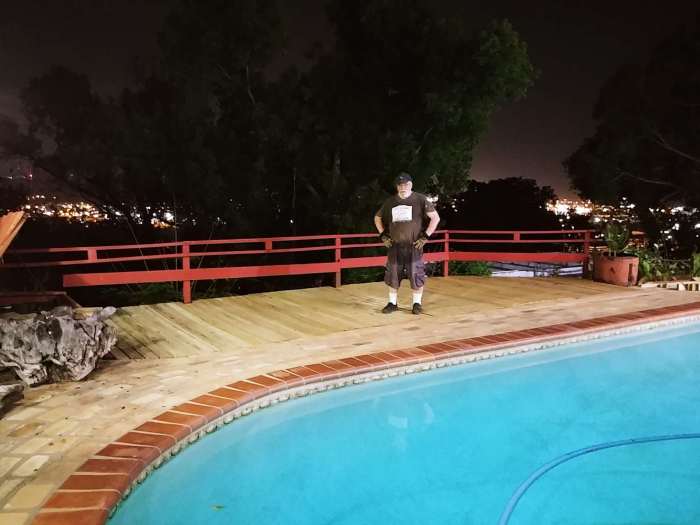
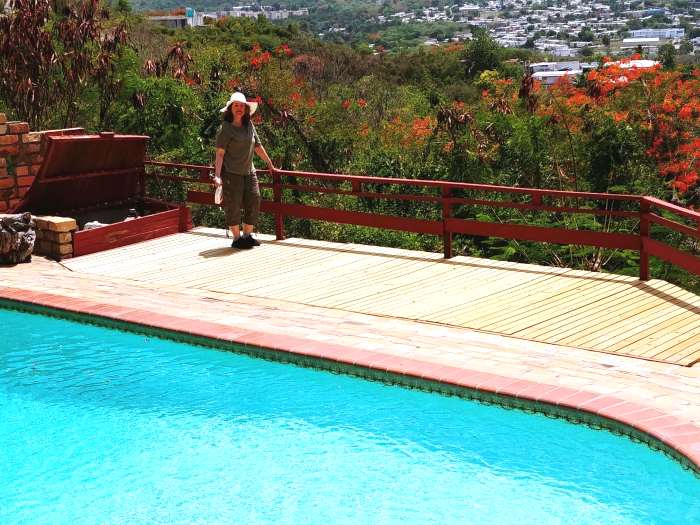


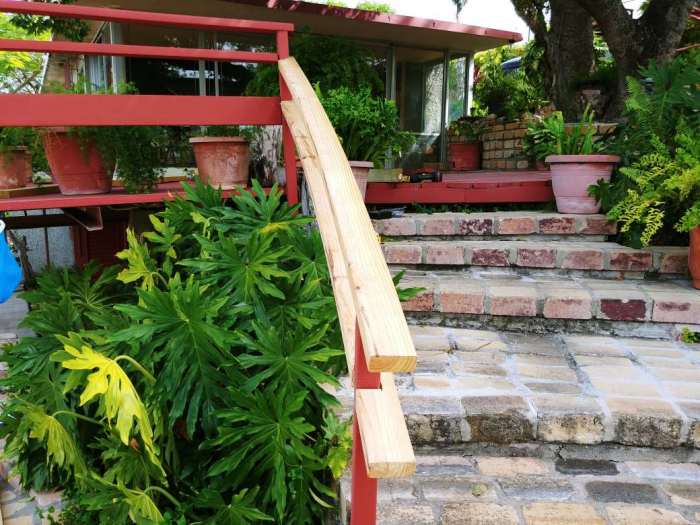

 It’s blackberry season, and as is my custom at this time, I went out this morning to pick from the brambles along our little country road. (We have our own patch, but the berries ripen later because it’s in a shadier place.) I try to do this early, when it’s cool and I’m not having to squint into the sun for the higher branches. As I picked, I thought about the story I’m working on (and currently stalled on 2 scenes-that-need-more), and also writing in general.
It’s blackberry season, and as is my custom at this time, I went out this morning to pick from the brambles along our little country road. (We have our own patch, but the berries ripen later because it’s in a shadier place.) I try to do this early, when it’s cool and I’m not having to squint into the sun for the higher branches. As I picked, I thought about the story I’m working on (and currently stalled on 2 scenes-that-need-more), and also writing in general.